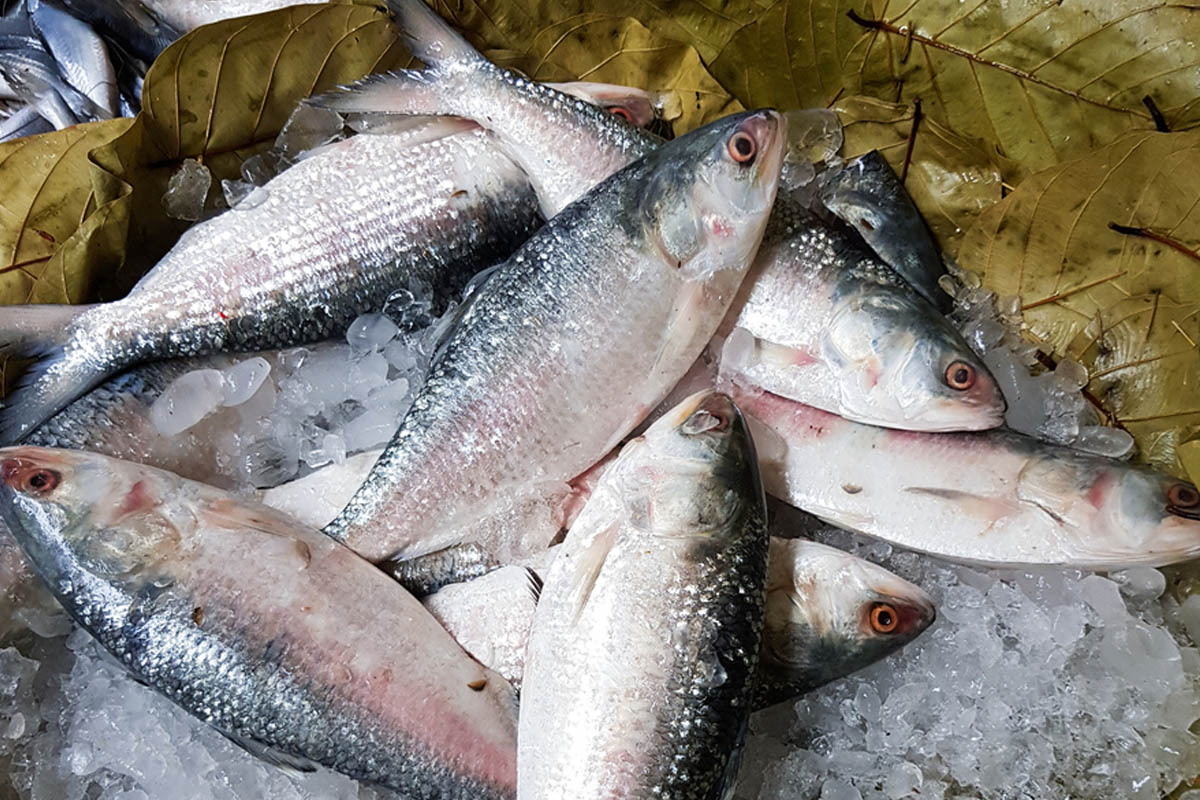As downpour intensifies, city gourmets throng the fish markets searching for hilsa from Bangladesh. But when they return home in mirth, assuming that the hilsa in their bags are from Padma, they are mistaken.
It has been caught not far from their homes, surely not in the rivers of our neighbours, Bangladesh.
Advertisement
The sleight happens due to the straining vocals of the fishmongers who proclaim their wares are netted in Bangladeshi waters.
The duping game recurs every year with the buyers paying for what they consider to be the ‘real stuff’.
“It is anybody’s guess whether it is from Diamond Harbour or Kolaghat, or Irrawaddy river in Myanmar,” West Bengal United Fishermen’s Association, Bijan Maity said.
The price of hilsa varies between Rs 1,000 to Rs 1,200 per kg.
On the other hand, the price of hilsa from Bangladesh swings between Rs 1,800 to Rs 2,200 each kg.
The difference points to the quality of the hilsa available just beyond the Indian waters. One wonders how hilsa from Bangladesh finds its way into India. After all, Bangladesh has clamped a ban on Hilda export since 2012, lifted it briefly last year to reimpose it. But a halt in free trade has boosted smuggling.
“Bongaon, Basirhat, Jangipur in South Bengal and Coochbehar and Dinajpur (south) in North Bengal being some of the better- known points where cartons of hilsa from the other side of the border find its way into India sans any customs duty,” a senior Border Security Force officer said.











